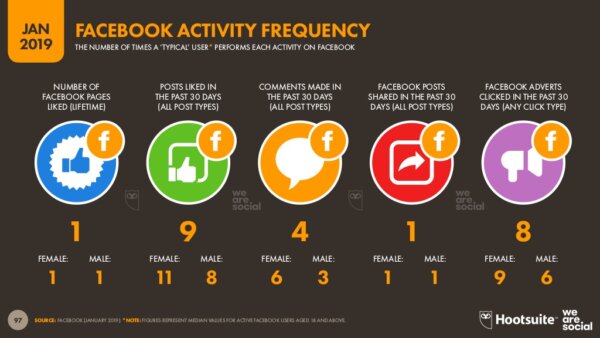Is there proof that gamification works? is one of our frequently asked questions, still to this day. One could say that with a young industry, it is to be expected that there are critics which will dismiss that gamification can do anything for anybody. Personally, I have seen the results our clients get and it always astounds me when they then turn around and say please don’t tell anyone. The curse of working with non-disclosure agreements for most of our employee-facing work. I will list some of the ways that give me proof that gamification works.
Client results
80% increase in confidence in talking about a service to new potential clients because they understood what the consequences were for their clients. Thanks to a gamified experience we created.
40% increase in retention of specific examples because they were what caused them to win or lose a board game, which we created.
95% success in explaining a complex topic in a learning environment through the use of a card game. This results in people having the confidence to then engage and create for themselves, when before they were stuck.
17% increase in engagement online through a gamified interaction sequence for members.
Quadrupling of quarterly results thanks to management reinforcing small wins consistently throughout the quarter.
Social media evidence
The biggest display of gamification is in my view the social media industry. They have successfully managed to encourage us to post regularly, like each others posts, share them forward and comment or emoji on them. Progress bars, status names and onboarding quests were how they got you started. It is these channels that are making gamification mainstream and some are doing it better than others.

According to a Hootsuite survey, we spend on average 2h 16 per day on social media and that is with only 24% using it for work. The uptake of all social media is still growing, mainly thanks to the growth in mobile phone usage and internet access availability.
Academic research
More and more research is coming out with evidence to suggest gamification has a positive effect on learning, learning retention, it helps in stimulating diversity in recruitment, it is effective in encouraging us to stick for longer with exercise programmes over time, etc. Here are some of my favourite studies:
A study by Kara Behnke pointed out that extrinsic motivations are not universally harmful, and intrinsic motivations are not universally positive. A balanced combination of both intrinsic and extrinsic motivations likely needs to be part of the course design for gamification to have a positive effect. The need to align game design with the goals of the learner were also identified as key. (Behnke, Kara Alexandra, “Gamification in Introductory Computer Science” (2015). ATLAS Institute Graduate Theses & Dissertations. 8. https://scholar.colorado.edu/atlas_gradetds/8)
A review of many of the research studies carried out about gamification by Hamari, Koivisto and Sarsa found that the context in which it is applied mattered a lot and that there are slightly positive effects. (Hamari, J., Koivisto, J., & Sarsa, H. (2014). Does Gamification Work? – A Literature Review of Empirical Studies on Gamification. In proceedings of the 47th Hawaii International Conference on System Sciences, Hawaii, USA, January 6-9, 2014)
A way more comprehensive review of research by two of the renowned researchers Lennart Nacke and Sebastian Deterding can be found in their editorial piece on the maturation of gamification research.
What more and more studies are having in common, is that context and goals of the end-user are important. If gamification is simply a sprinkling on top of a range of game mechanics because everyone is doing it, then we can nearly say with certainty that the results will be hit and miss. If however we have put thought into the design and placement of specific game element for specific purposes and a blend between these two then we are onto something potentially positive.
How to know if you got it right?
My first instinctive answer will be, what does your end-user say? And then I would also say measure the numbers. What was the picture before and what is the picture after? We like to start with the question, how will you know if this program is a success and then we measure the success against what we set out to achieve.
https://gamificationnation.com/gamification-learning-really-working/




